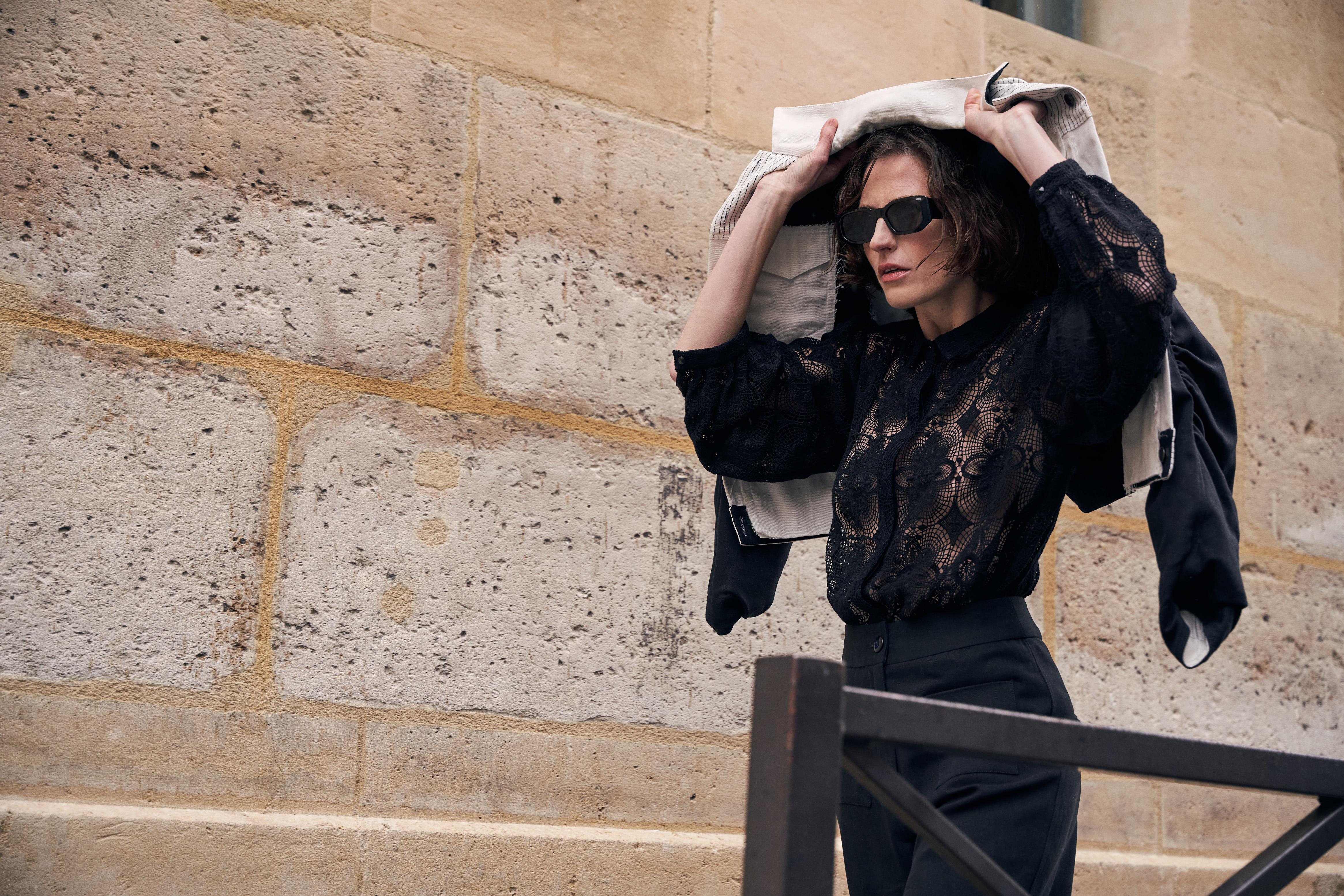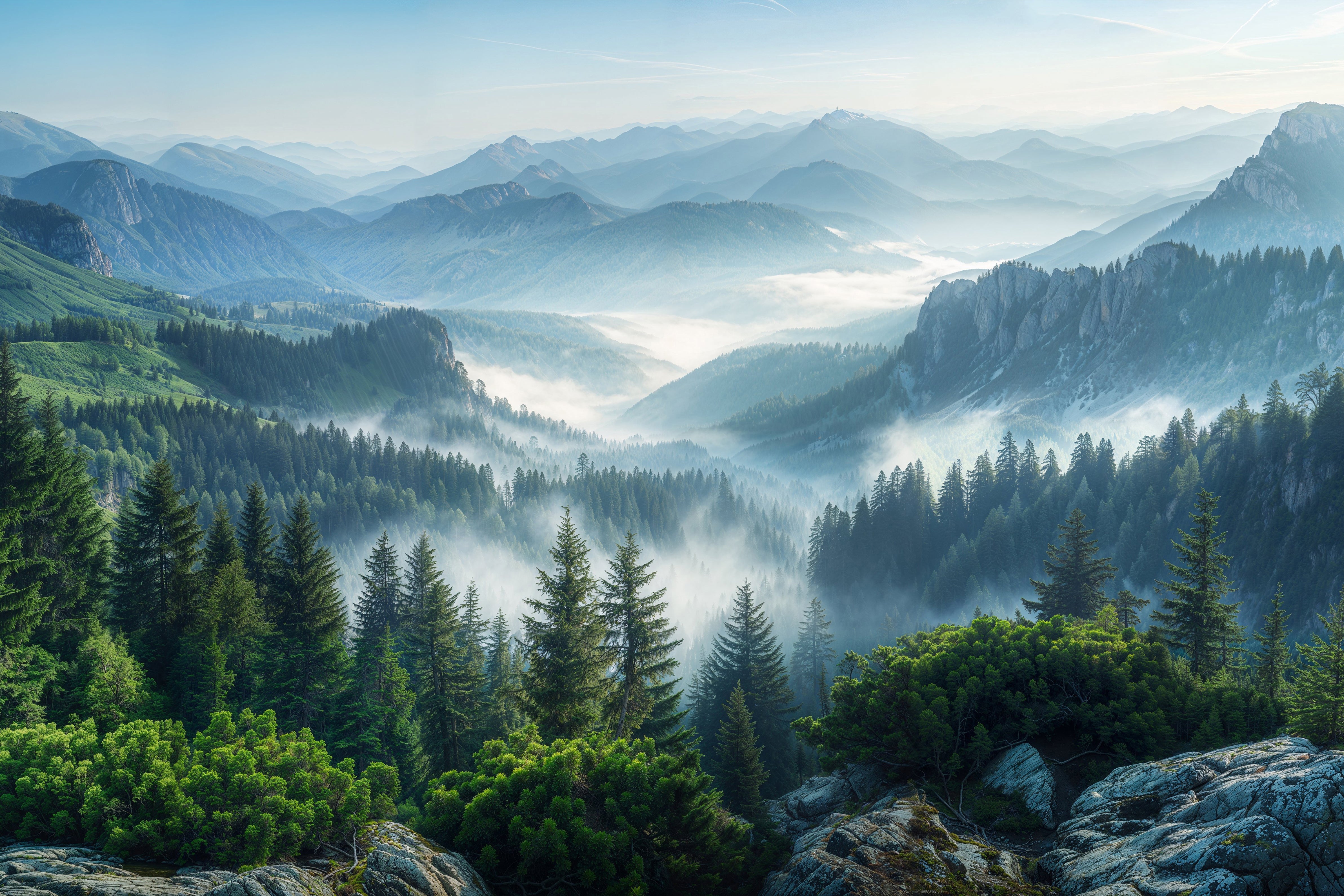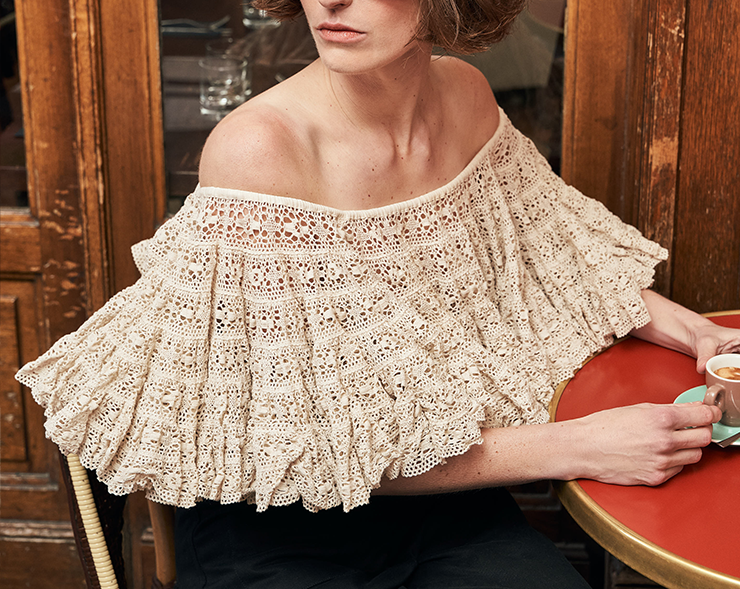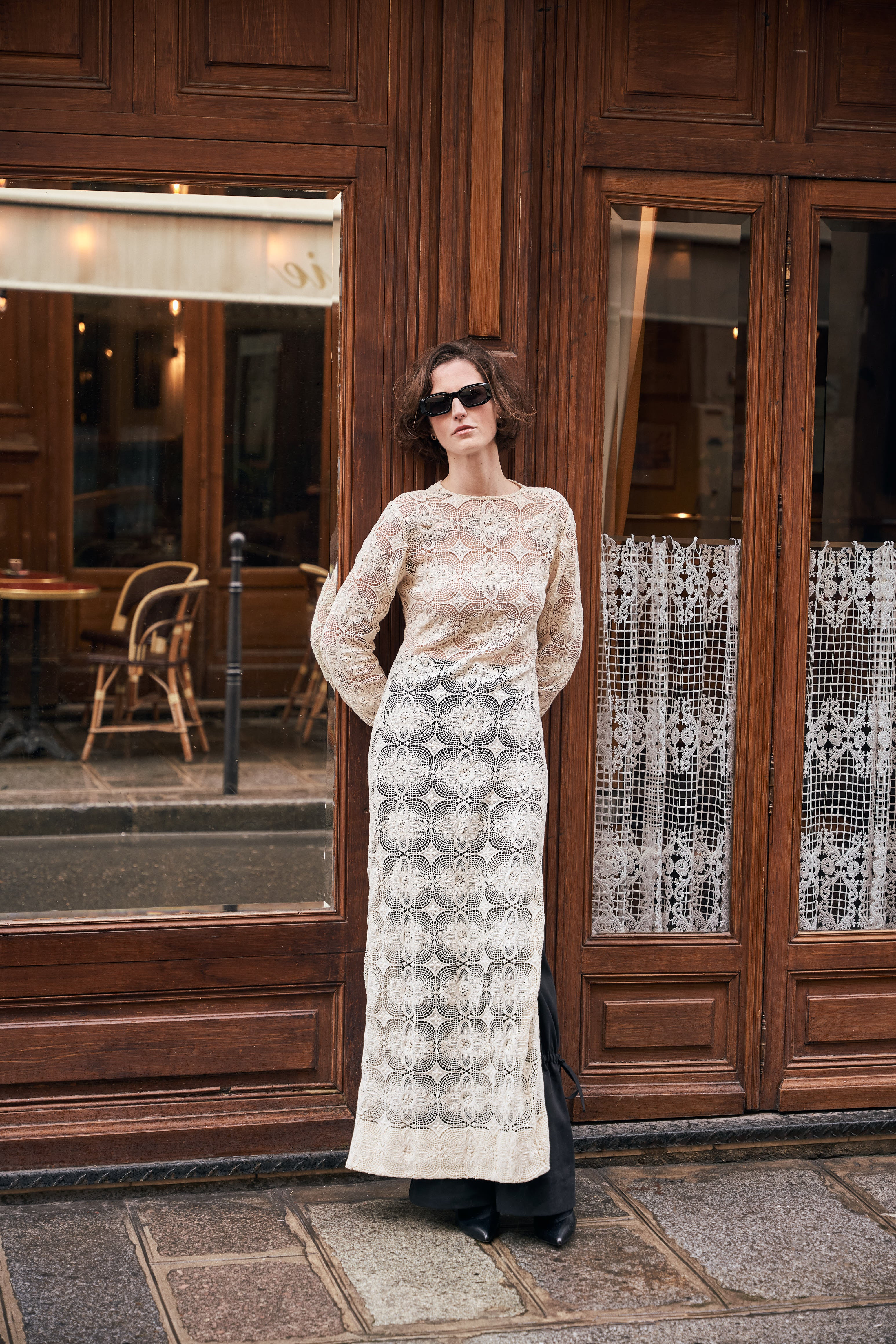 Photograph by Richard Avedon, The Richard Avedon Foundation. Sandra Bennett, 12 years old, Rocky Ford, Colorado, August 23, 1980
Photograph by Richard Avedon, The Richard Avedon Foundation. Sandra Bennett, 12 years old, Rocky Ford, Colorado, August 23, 1980
 Richard Avedon, The Richard Avedon Foundation. Boyd Fortin, 13 years old rattlesnake skinner, Sweetwater, Texas, March 10, 1979.
Richard Avedon, The Richard Avedon Foundation. Boyd Fortin, 13 years old rattlesnake skinner, Sweetwater, Texas, March 10, 1979.
40 years after the publication of Richard Avedon’s iconic book In The American West, the Henri Cartier-Bresson foundation, in Paris, is showing for the first time in Europe the totality of the 103 images of the book. 40 years later, the power of these images remains intact. You open the door to the exhibition space and are immediately faced with the large black and white portraits of the “other America”, the working class that Avedon photographed between 1979 and 1984 across 17 different states. The book revealed to Americans another “American West”. Not the West of western film and mythology, the West of Georgia O’Keeffe or Ansel Adams, but, rather, a land of drifters, men working in oil fields, women working in diners and factories, people getting by doing small jobs. The shock of Avedon’s work, commissioned by the Amon Carter museum of American Art in Fort Worth, Texas, was similar to another great book, Robert Frank’s 1958 The Americans, which revealed to the country a completely different image of itself.
In the American West was a wildly different kind of work from Avedon’s “day job” for Harper’s Bazaar and, later, for Vogue. But his life was not only about photographing models and beautiful clothes and Paris fashion shows and staying at the Ritz. Avedon, who had gone to high school in New York with James Baldwin, had covered the civil rights movement of the 1960s, the Vietnam War protests. He was very attuned to the times. He had resigned from Harper’s Bazaar after the storm of protests over his working with models of color. Later, he would also photograph the American establishment during the Richard Nixon era in a series for Rolling Stones called The Family.
Over the 5 years he traveled around the West with his heavy 8x10 Deardorff camera, Richard Avedon photographed 752 people, even though he only selected 103 for the book. But his legendary style remained the same: a stark black and white portrait on a bright white background, his subject facing us unsparingly. Avedon was not one to remanticize the West. In a way, looking at this body of work and these humans in front of Avedon’s camera reminds us of Diane Arbus who was a close friend of Avedon’s. They also evoke August Sander. The power of the images does not solely come from the black and white, but as much from their size. They are in your face. Avedon was bluntly honest. He refused to embellish or estheticize his images. They grab you. You cannot escape their grip. These images have great power. They affect the way you feel as you go around the room. You enter another state of consciousness and it stays with you even as you leave the Henri Cartier-Bresson foundation.
Looking at these images in 2025, when the disparity between the very rich and the rest of America has never been bigger, one wonders what Richard Avedon would have done of this time, how he would have taken the portrait of his deeply divided and violent country today. As one goes from one portrait to the next in the exhibition, we find ourselves trying to imagine the destiny of these people looking at us after Avedon moved on. One also cannot stop wondering what he would have seen and captured today.
~Jean-Sébastien Stehli
Richard Avedon, In the American West. henricartierbresson.org. Until October 12.
 Richard Avedon, The Richard Avedon Foundation. Ronald Fischer, Beekeeper, Davis, California, May 9, 1981.
Richard Avedon, The Richard Avedon Foundation. Ronald Fischer, Beekeeper, Davis, California, May 9, 1981.






